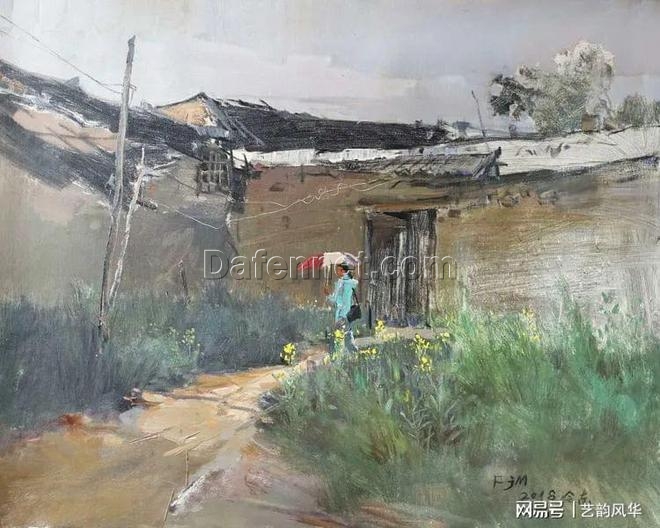Dafen oil painting Village
Discovering Fu Jumo: A Master of Traditional and Modern Art Fusion

In my journey through the world of art and style, I often encounter artists who profoundly reflect the cultural depth and aesthetic diversity of their origins. Fu Jumo, an artist from the vibrant island of Hainan, China, is one such figure. With a prolific background in calligraphy, traditional Chinese painting, and oil painting, Fu Jumo bridges the historical with the contemporary, bringing forward a fusion that resonates deeply within the bustling modern art scene.
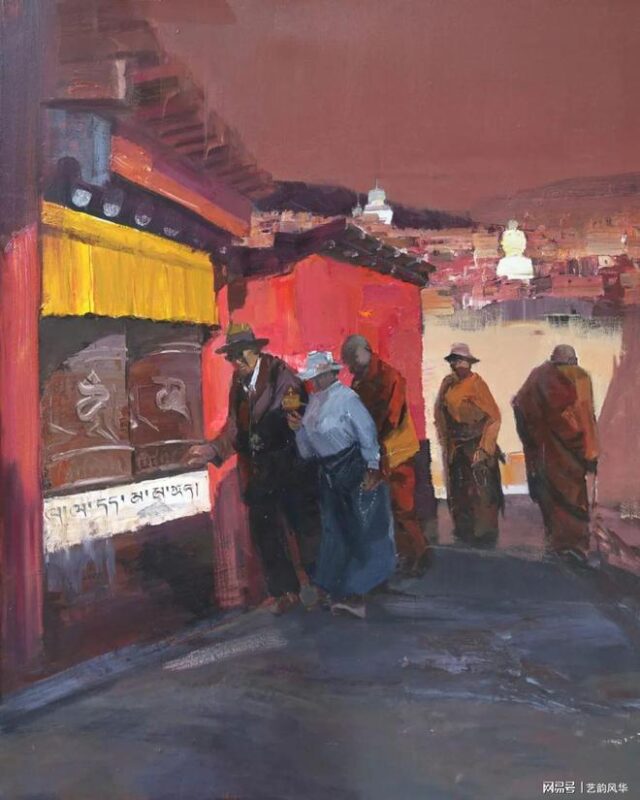
Artistic Endeavors and Recognition
Recognized for his prowess in 2016 by China’s Ministry of Culture Art Talent Center, Fu Jumo has since marked his presence both nationally and internationally. As Vice Chairman of the “Sketching China” oil painting club and the head of its Shenzhen branch, his leadership and vision propel forward the integration of classical art forms with modern artistic expressions.
Notable Exhibitions and Works
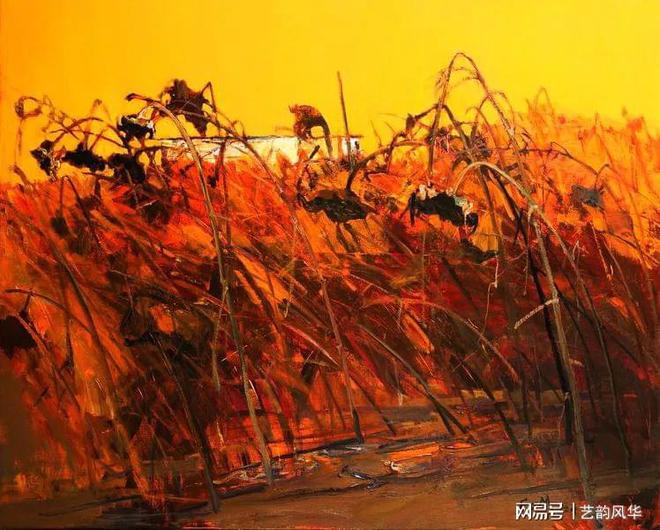
Fu Jumo’s works have garnered attention and accolade across various platforms. His piece “Guyun” found its place at the Second Shenzhen Dafen International Oil Painting Biennale, while “Zuimei Lijia” was celebrated at the Fourth Chinese National Ethnic Art Biennale. These works, among others like “Xiuyu Shijie” and “Ai Zai Shenqiu,” showcase his unique ability to capture the essence of Chinese cultural and natural landscapes through a vibrant, expressive palette.
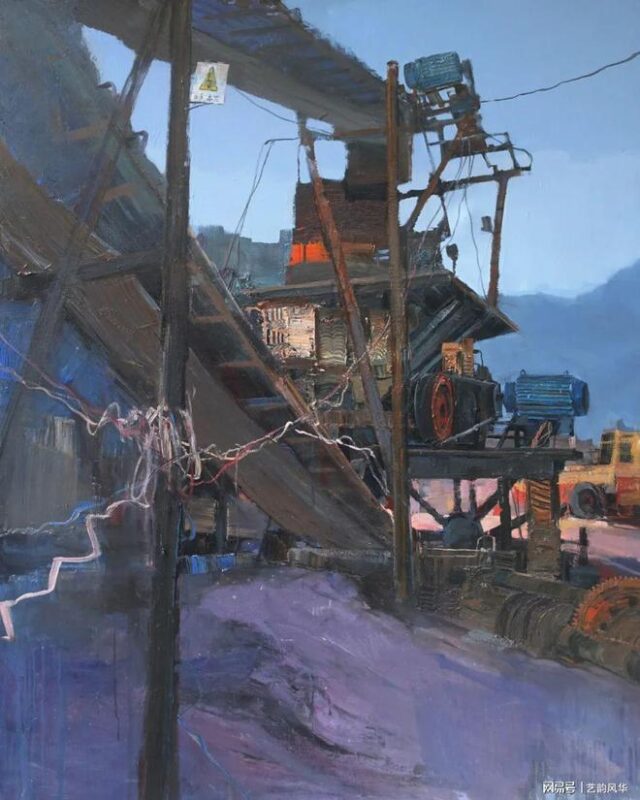
A Sartorialist’s Perspective
From a fashion perspective, Fu Jumo’s work parallels the narrative-rich elements found in street style and couture that I capture through my lens daily. His 2019 piece, “Yetaan,” for instance, which was featured in the Fifteenth Guangdong Provincial Art, Calligraphy, and Photography Exhibition, vibrantly portrays the dynamic, ephemeral scenes of night markets – a subject not unlike the ever-changing trends and fashions of city streets around the world.
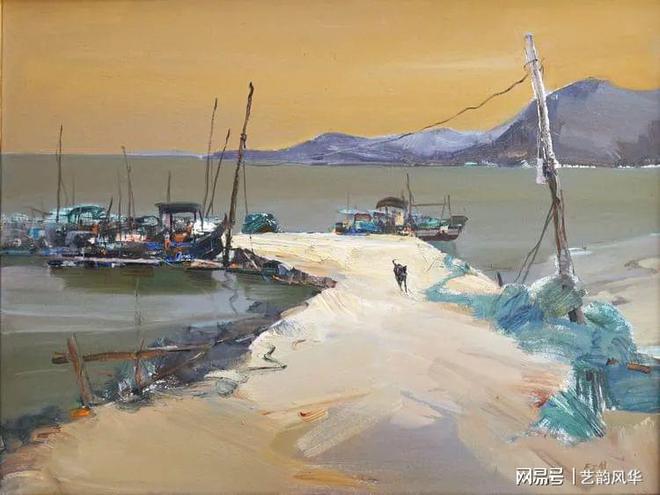
Engagement and Cultural Dialogue
As we look at Fu Jumo’s artworks, we are reminded of the power of visual storytelling. His paintings do more than depict; they invite viewers into a dialogue about identity, tradition, and modernity – themes that resonate deeply with anyone captivated by the interplay of culture and style.
In bringing attention to Fu Jumo’s work, I aim not only to showcase his artistic achievements but also to inspire my readers to see the connections between our cultural attire and the broader strokes of our lifestyle narratives.
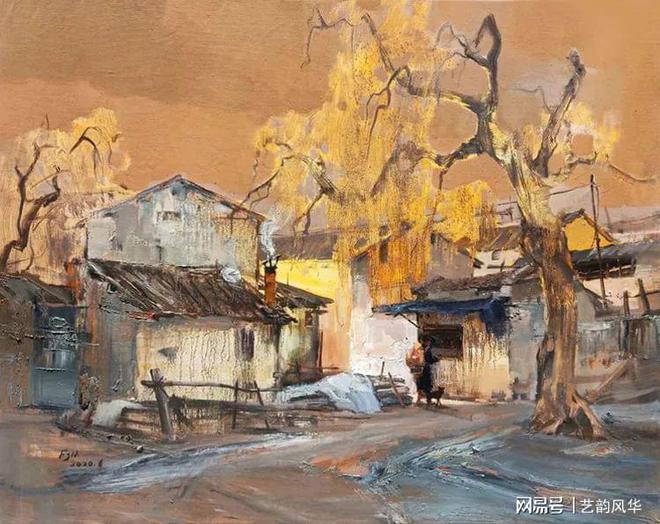
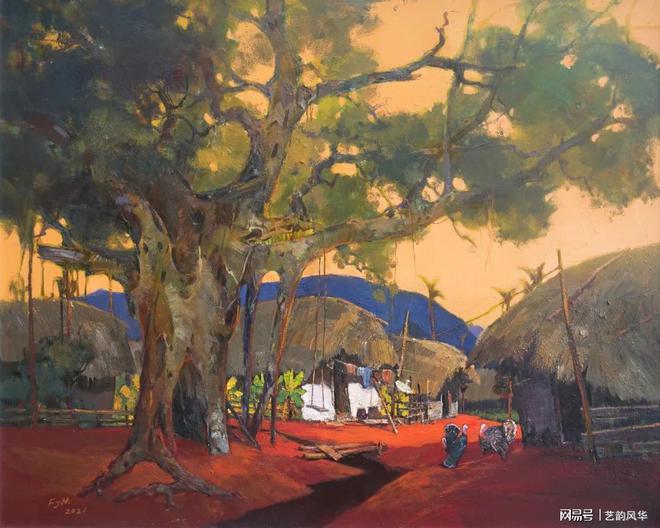
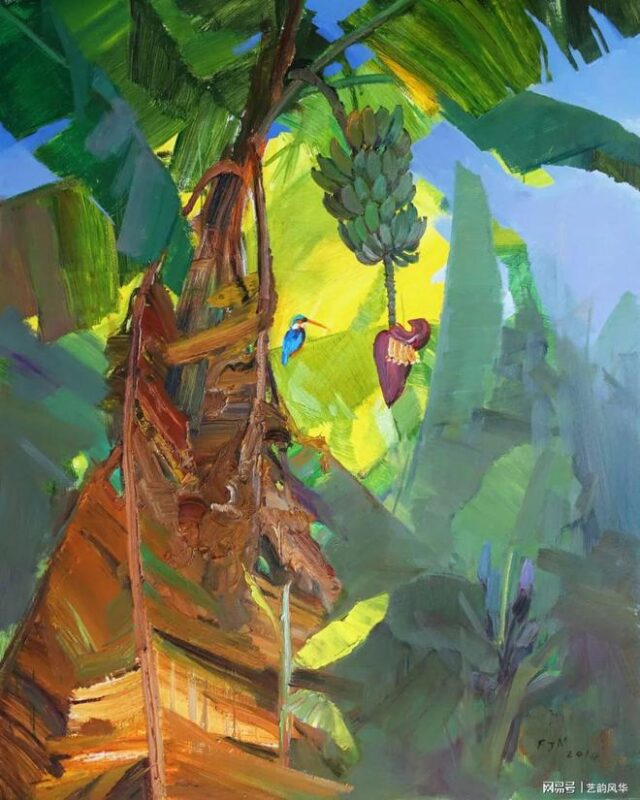
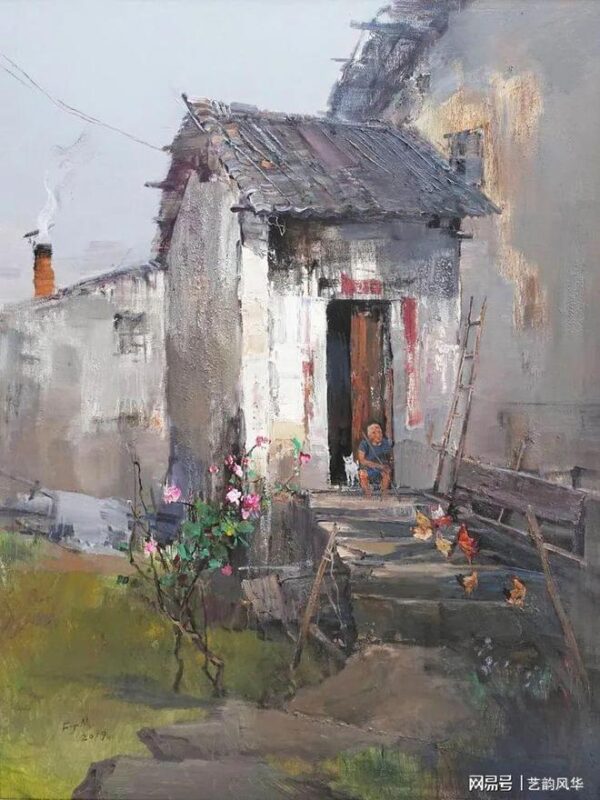
4

